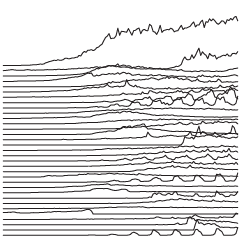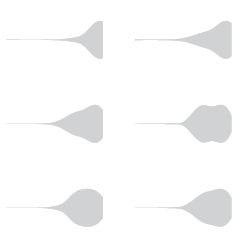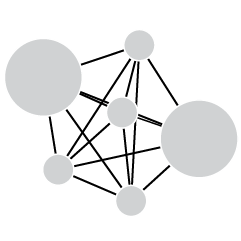As you know, states have received billions of dollars of federal stimulus funding. But do you know where all the money goes?
Stamen Design, in its most recent project with the State of California, lets you explore the money breakdown. Like most of Stamen’s work, at the base is an interactive map, but it is of course much more than that.
Roll over for breakdowns, search for your city or county, select sectors of interest, and take a look at project-specific information. The color-coded bars change depend on what’s geographically in view, and the map zooms in on points of interest on the fly.
In Eric’s words, “It’s just slick as hell.”
















 Visualize This: The FlowingData Guide to Design, Visualization, and Statistics
Visualize This: The FlowingData Guide to Design, Visualization, and Statistics









